Sealskin, Fish leather and Waste Products - Blue Design Challenge

Sustainability gurus trying to convince us to look towards the oceans for our clothing. They are starting with the top of the fashion chain.
If you think high-end fashion has nothing do with you, perhaps it is worth considering the creations of the 10 Nordic designers chosen to participate in the Blue Fashion Challenge.
To the untrained eye, the creations, put on exhibition last week in Copenhagen during the city’s semi-annual fashion week, do not stand out measurably from other haute couture outfits. It is hard to imagine that the fantastical designs – featuring details like open-toed boots, severely ruffled skirts and fur waistcoats – will end up in a department store any time soon.
But not standing out, say the organisers of the four-day competition held in Tórshavn, in the Faroe Islands in August, is partly the point. The ‘challenge’ in the Blue Fashion Challenge was for the designers, hailing from the Faroe Islands, Greenland, Iceland and Norway, to make a commercially producible outfit using as much of three specific types of material as possible. And a closer look reveals that the designs are made not of fur, but sealskin. Not snakeskin, but fish leather. And, unless someone tells you, you won’t know that the cloth is a cotton-seaweed blend.
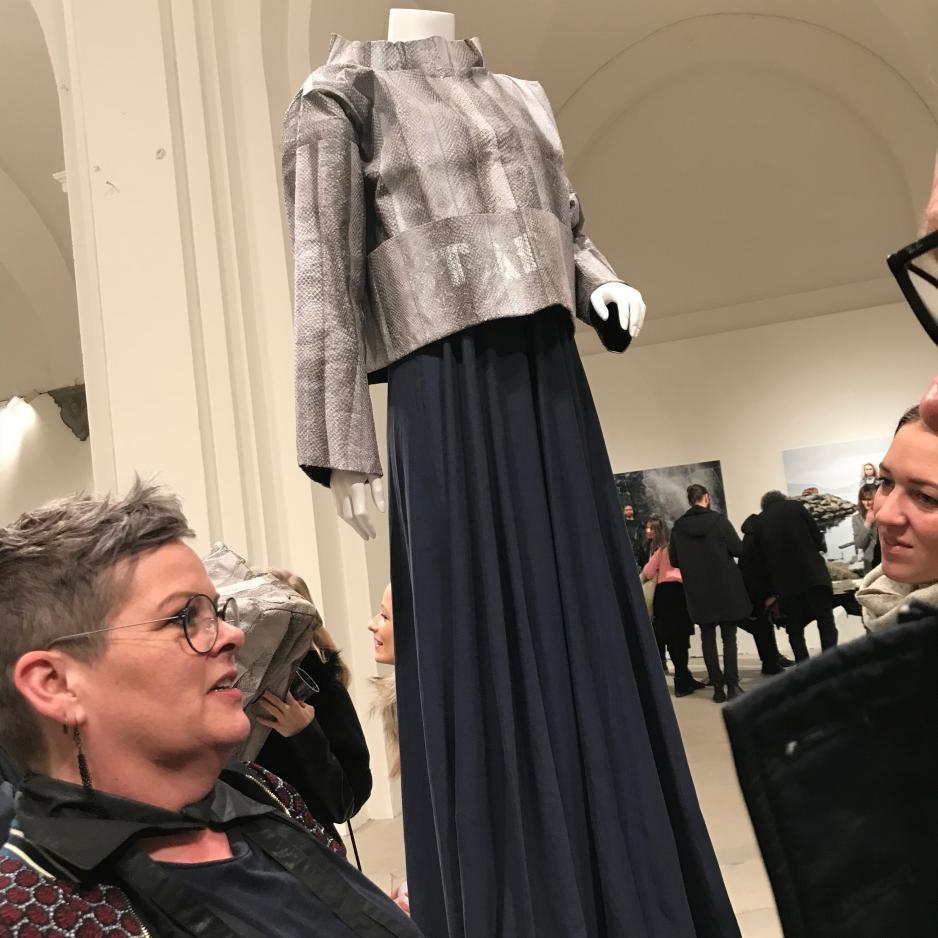
Sustainable and profitable
All three items are defined as ‘marine biomaterials’ (hence the blue), and, in the case of fish leather, which is made from fish skin, and sealskin, are waste products left over after the animals are used for food.
Seaweed, though not a waste product, is, the organisers emphasise, more sustainable than cotton or other fibres commonly used in the fashion industry, because it does not take up land that would otherwise be used for crops. If intentionally grown near fish pens, it can help address some of the problems associated with the aquaculture industry.
Getting designers to realise they can create outfits from the materials, according to Jákup Sørensen, of Nora, a Tórshavn-based group that seeks to promote regional co-operation in the North Atlantic, and the organiser of the competition, is the first step towards an industry that is sustainable and profitable.
- We want to show that items that would otherwise be thrown away can be used for something. But, it’s one thing for me to tell a fisherman that fish skins can be made into a product. What matters more is whether there is money to be made by turning it into leather. We believe there is.

Not in H&M right away
For now, the high production costs for the materials places anything made with them decidedly in the high-end: a single fish skin, for example, costs about €8 after tanning. Designers can typically buy in bulk, bringing the price down somewhat, but Mr Sørensen admits that the price is a barrier.
Fishermen, however, sell the skins for about €0.10 per kilogram, leaving plenty of room for improved production techniques and higher volumes to bring down the cost of fish leather.
- These are not fabrics you will be seeing in H&M right away. There are projects that are working on ways to bring down the cost of production, but being able to produce in larger quantities will also make production cheaper, he says.
Even though fish skins are a waste product, and sealskin clothing is common in Greenland, as materials they are likely to retain an exclusive appeal, the designers taking part agree.
- Items made from their analogues are luxury items, which means they will be, too, says Sissal Kristiansen, whose design, a smart fish-leather anorak and an understated, floor-length dress, was selected as the contest’s winner.
The outfit also included a hand-sewn duffel made from fish leather. Were it to sell retail, it could fetch €2,500, Ms Kristiansen reckons. Although a similarly sized snakeskin bag might cost double that, the difference might not be to fish-leather’s advantage.
- In the fashion world, cheaper is not a selling point, she says.
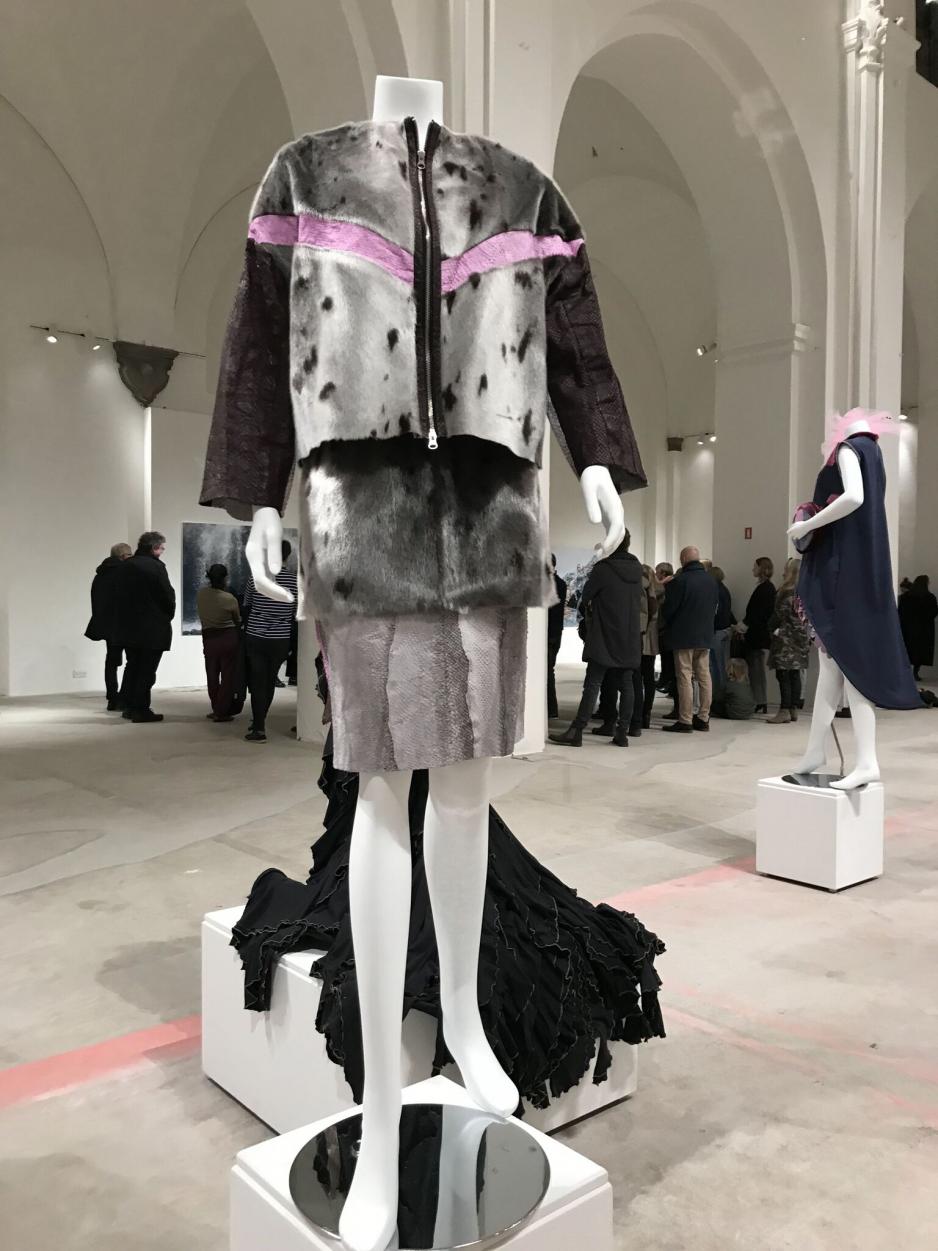
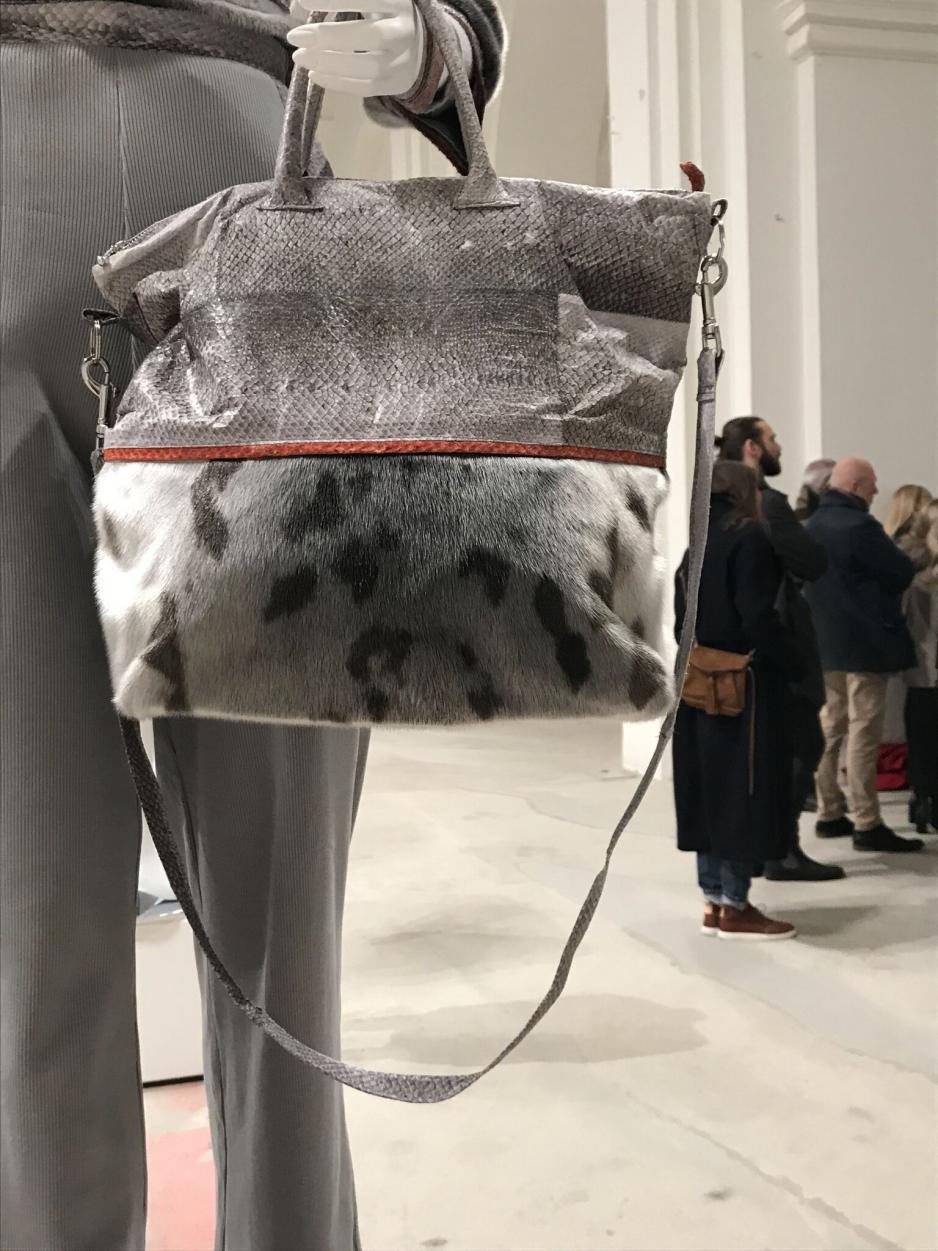

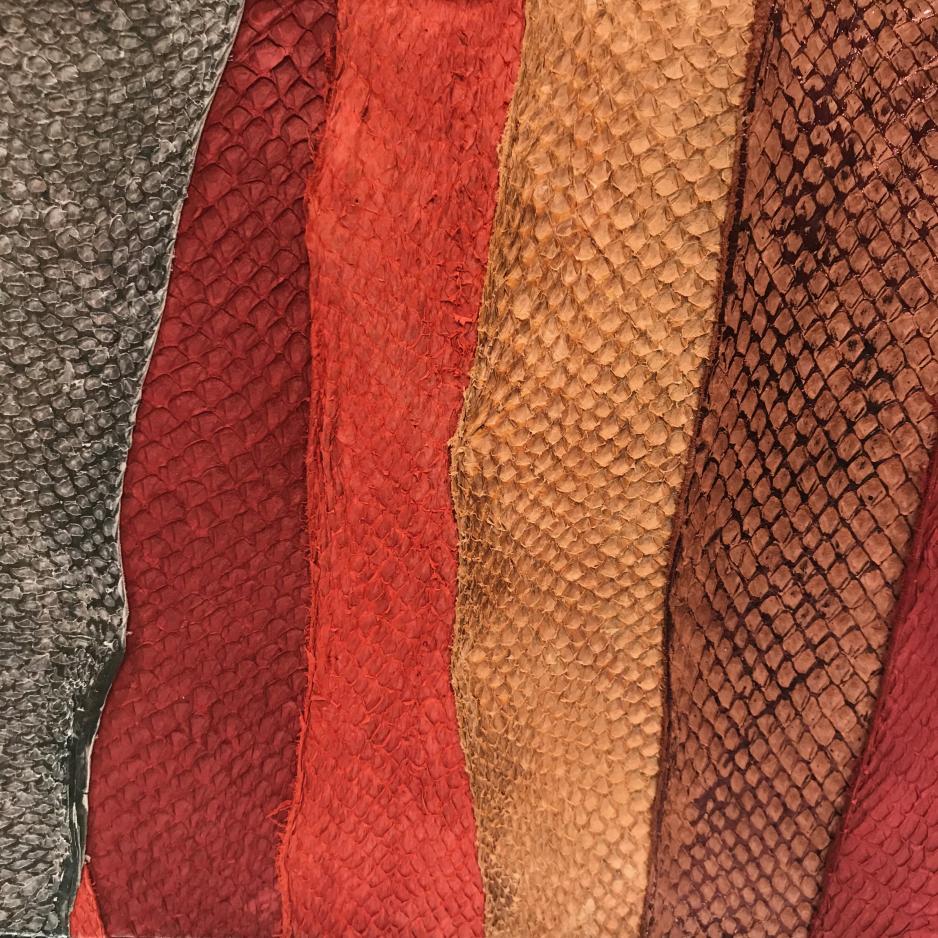
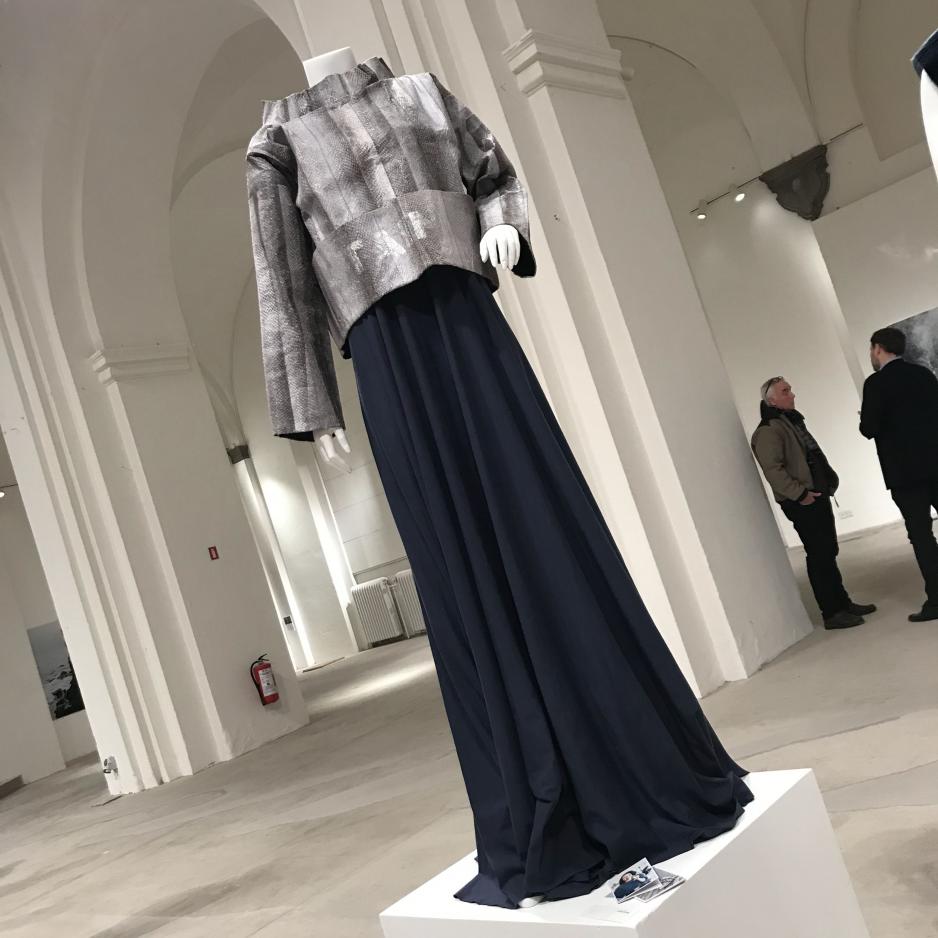
BLUE FASHION CHALLENGE
Organised by Nordic Atlantic Cooperation (NORA), an intergovernmental organization funded by the Nordic Council of Ministers, the main aim of this challenge is to encourage fashion innovation and create potential new markets for goods produced from these natural materials.
- The philosophy of the Blue Fashion Challenge builds on a number of fundamentals from the field of sustainable fashion: designing for longevity, promoting the use of eco-materials, ensuring their responsible production, firing-up collaboration across regional supply chains to create ‘closed-loops’, states its press release.

